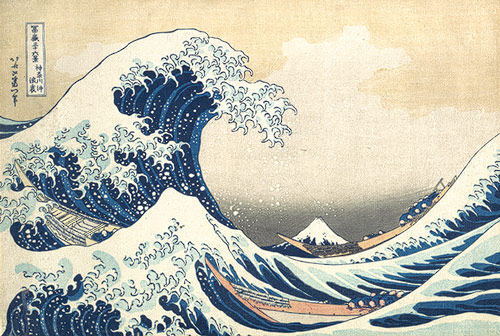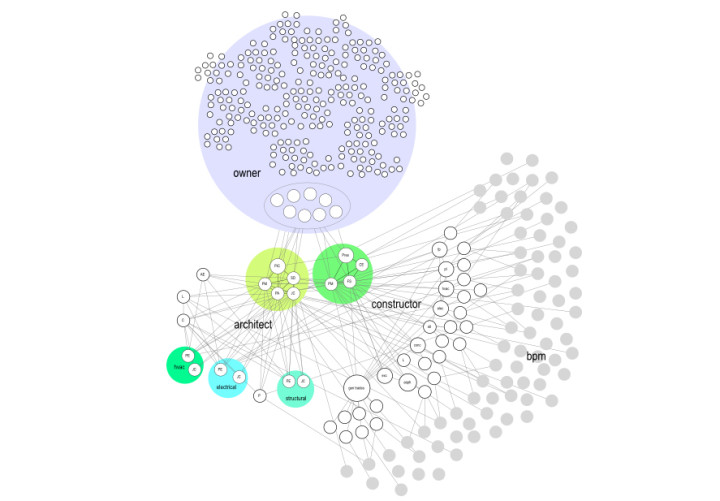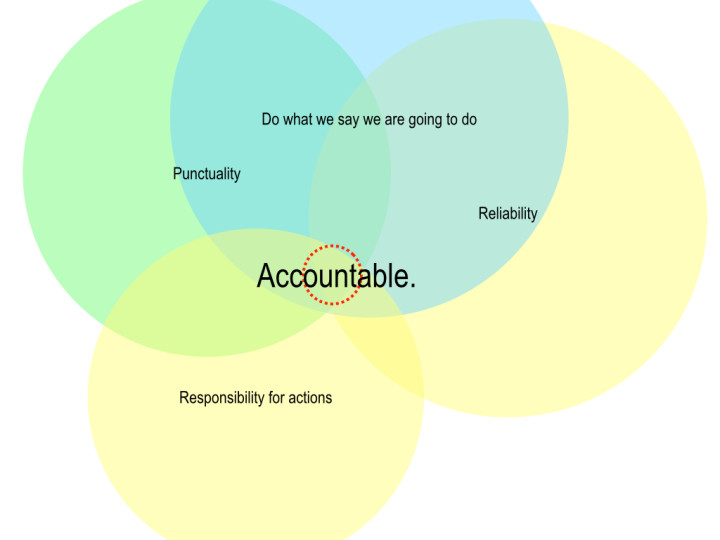In this introduction to his series of three articles about deep transformational currents, Markku Allison, the founder of Scan, a strategy, culture, and design consulting firm, explains what these currents are and how they are in play in business today.

Think of a tsunami: terrifying as it is, the wave is a symptom, not the cause. The cause is the massive displacement of water that precedes the disaster. Preventing the wave (the symptom) is neither practical nor effective, but early warning systems based on seismic activity (the cause) can identify potential threats and allow populations to be more resilient and agile in their responses, moving more swiftly to safety.
I’ve long believed that the problems businesses spend massive amounts of resources trying to solve are more symptoms than causes. Medicine also tells us this isn’t the smartest way to go about solving chronic issues—we are always better off trying to dig down to root causes, address the problem at its source, alleviating and eliminating symptoms and moving to wellness instead of an elusive “cure”.
At any given point in time there are deep transformational currents moving through business and culture. These deep currents cause displacement and problems pop up: wasteful redundancies, poor communication, siloed behavior, best-for-me thinking, lack of accountability, diminished profitability, blown schedules and budgets, no common purpose—the list goes on. We do our best to tackle the problems on our own, or we hire consultants to do the same, but the problems persist or pop up elsewhere like a perverse game of business whack-a-mole. But, if we can dig down and identify the currents themselves, and work to address those issues directly, our chances for success go way up.
It’s not like there are dozens of these deep currents, though the range of problems they can generate in is numerous. The issues cut across many boundaries. If we can identify even a small number and tackle those we can see improvement across the boards.
In today’s business and culture environment, I suggest there are three deep transformational currents in play:
1. The emergence of complexity in systems and organizations

Everything is connected. Small changes ripple across systems with unintended consequences. Decisions have long-reaching implications that may not be understood, both on solutions and the parties involved. But we can handle it! New models for organization and management allow for greater understanding and flexibility.
2. The nature and fundamentals of collaboration

We don’t really have a common, shared understanding of what collaboration actually means. A few months ago in this magazine, Bob Fox posted a great article titled “Ugh, Collaboration.” While his assignment for sketchers was solution-focused (“sketch out your idea of a collaborative space”), it underscored for me that what “collaboration” means to one person (or team, or organization) is many times quite different than what it means to another. However, when we work together to find shared understanding, we can begin to hold ourselves accountable to one another in ways that truly support collaborative effort.
3. The power and subtlety of language and communication

Language is the fundamental currency for any relationship. We are challenged because many times what we say—or what we think we say—is sometimes not what we mean. Similarly, what we hear is not always what we thought we heard. We can dramatically improve the flow of understanding if we are just a little bit more rigorous in making sure we are on common ground with the words we use and the meanings we intend.
Over the next three weeks we’ll examine each of these transformative forces in more detail, looking at the nature of the issue and types of resulting problems, and think about ways to overcome. They are intimately connected, but if understood effectively, and addressed appropriately, can help businesses position themselves for agility, resilience, and success during an era of ever-increasing competitiveness and change.
Coming next week: An in-depth look at the first deep transformational current, the emergence of complexity in systems and organizations.



Markku, I enjoyed reading your thoughts on these underlying currents in business and look forward to your following posts. I agree mostly with your comments pertaining to collaboration and communication.
Collaboration is a buzzword that means so many things to different people – for me I immediately jump mentally to tools that help facilitate discussions (and documentation of such conversations). I look forward to understanding your thoughts in this arena (as opposed to the architectural spatial realm).
With respect to communication, I have noticed that, as our technology speeds up interactions in our Global Village, it is becoming more evident that the impact of not taking the time to properly communicate can cause a real drag on our projects and progress overall. Every major project that I have been involved in involves people from other countries – all with different backgrounds and levels of vocabulary. Maybe technology can help in this regard as well. Nice diagrams as well.
The graphics in the article are wonderful. I am hoping to see more use of data visualization to better articulate your article.